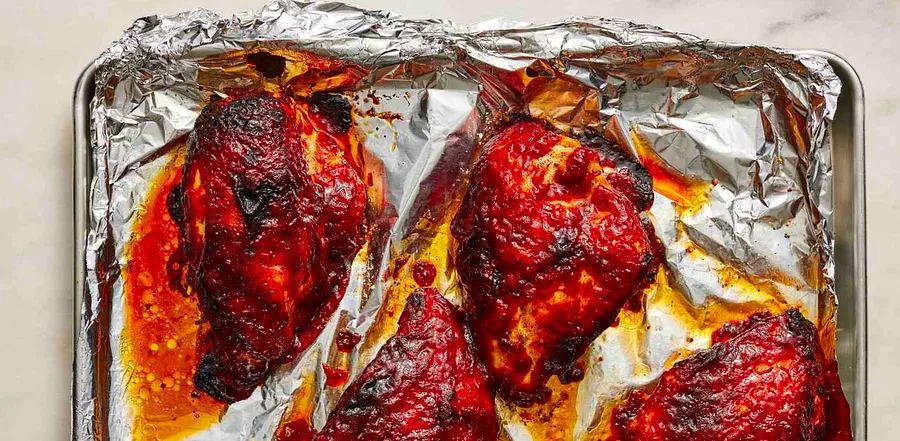Essential Information to Know Before Using Aluminum Foil in Cooking

Aluminum foil is a kitchen essential, but there are concerns that cooking at high temperatures could cause harmful chemicals in the foil to seep into your food. Should you be concerned about the potential health effects of this?
What Exactly is Aluminum?
Aluminum is a naturally occurring metal present in the environment, including in our air, water, and various man-made products like antiperspirants, cosmetics, and medications. A significant portion of aluminum we ingest comes from food, especially when using items like aluminum foil. According to the USDA, aluminum foil in the U.S. is made up of 98.5% aluminum, with the remainder mostly iron and silicon to improve its strength and resistance to punctures. Aluminum foil is also freezer-safe and recyclable in many areas, depending on local recycling policies.
Potential Dangers of Cooking with Aluminum Foil
In the 1960s and 1970s, there were concerns that cooking with aluminum cookware or drinking from aluminum cans could lead to Alzheimer's disease, but no definitive link has been found. While there is no clear evidence connecting higher aluminum intake to disease, the National Institute of Health notes that high temperatures or cooking with acidic ingredients like salt or vinegar can cause aluminum to leach into food. However, the amount is typically considered safe, as most of the aluminum will pass through the digestive system and exit the body without harm.
However, a more recent study highlighted that there could be a higher risk for individuals with specific conditions, such as chronic kidney failure, and for young children. The study also pointed out that different types of food absorb aluminum to varying degrees.
In general, foods that are less acidic, contain less liquid, and are lower in salt tend to absorb smaller amounts of aluminum. On the other hand, marinated meats or fish, especially those with lemon, tend to absorb more aluminum during cooking in foil.

Is Cooking with Aluminum Foil Safe?
Aluminum foil is safe to use in the oven up to 400°F (200°C) and for direct-heat grilling. A study has shown that food baked in aluminum foil at lower temperatures (below 325°F/160°C) showed less aluminum leakage compared to food baked at higher temperatures (above 425°F/220°C).
Keep in mind that it's not recommended to line your oven with aluminum foil, as it could damage the heating elements. If you're concerned about drips or messes, place your food on a sheet pan covered with aluminum foil instead. You can also safely cook at high heat using parchment paper up to 425°F (220°C).
For safe grilling, follow directions for using aluminum foil packets or containers.
The Final Takeaway
The amount of aluminum that leaches into food from high-heat cooking is generally considered safe, though recent studies suggest the levels are approaching the "tolerable weekly intake." It's important to stay informed as recommendations evolve. If you wish to minimize chemical intake in your diet, consider using lower heat or parchment paper instead.
Last Updated ByAndrea Lobas

1

2

3

4

5
Evaluation :
5/5